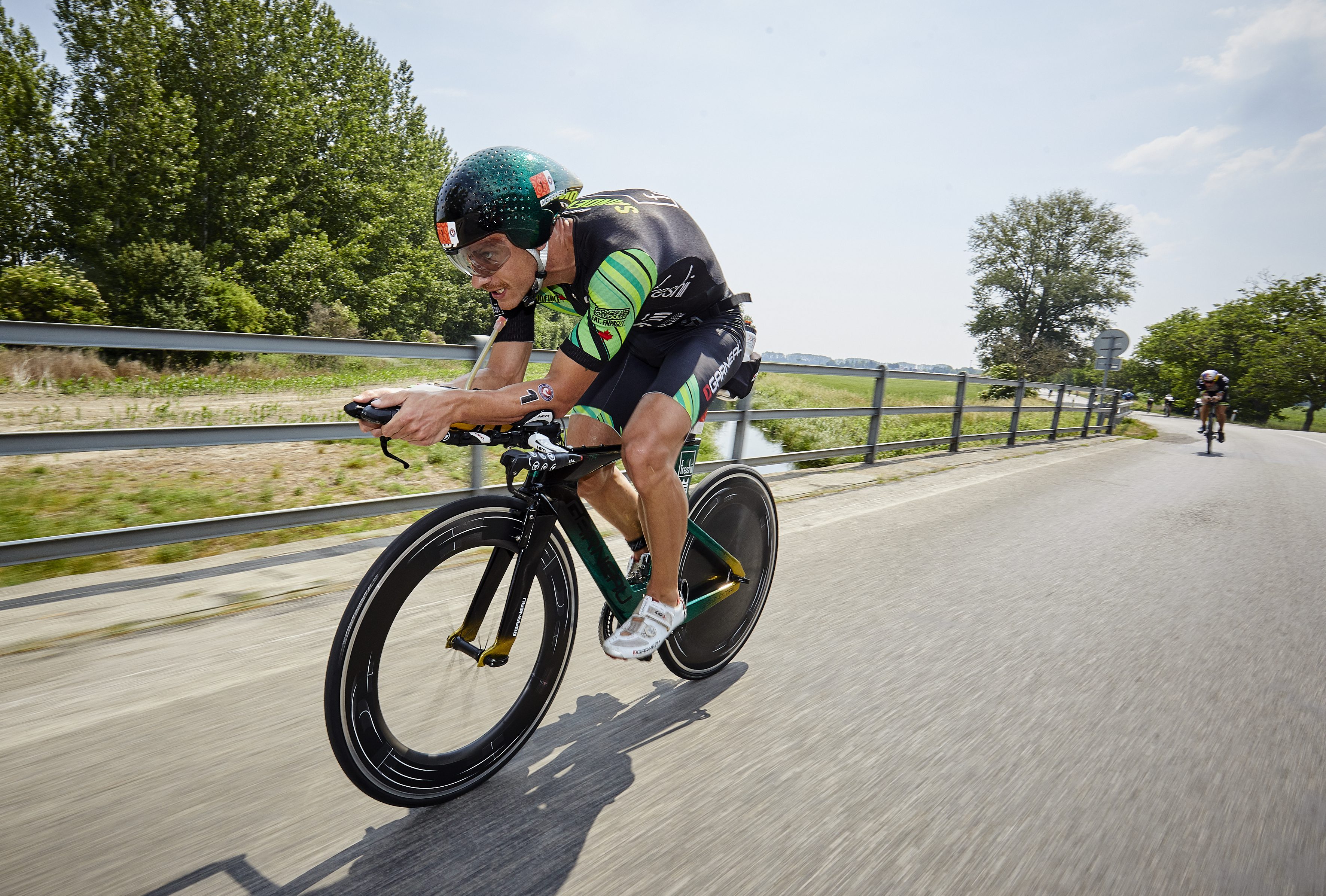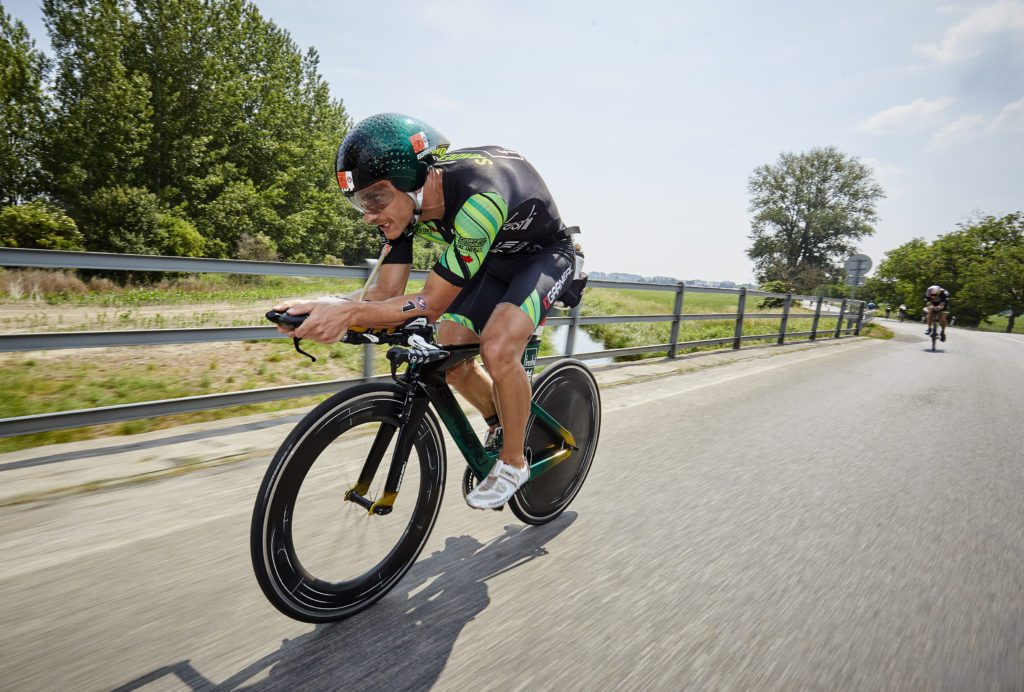How to get aero for cheap
Adam Kourakis, an owner, and operator of Velofix, North America's largest fleet of mobile bike shops, says that though getting aero can be an expensive endeavour, there are easy, cheap ways to improve your aerodynamics.


Aerodynamics is a term not reserved for the professionals. There are multiple ways you can reap the benefits of improving your aerodynamics. Adam Kourakis, an owner, and operator of Velofix, North America’s largest fleet of mobile bike shops, says that though getting aero can be an expensive endeavour, there are easy, cheap ways to improve your aerodynamics. Here are ten tips worth considering:
- Get a bike fit done. Typically costing between $150 and $300, a bike fit is worth its weight in gold. “A good bike fitter will optimize your position for comfort and performance and give you tips on body position and pedal stroke. In most cases, you’ll get body position charts and measurements to take away so that you can set up a second bike with similar geometry.”
- Properly placed hydration. All the time spent getting a bike fit and optimizing your position lose their benefit if you have to shuffle around to get hydration and nutrition in constantly. “Reaching around to get bottles, gels, salt, etc. are all examples of breaking aero and will slow you down. Smart athletes will tape gels to their top tubes, sneak salt tablets into their aero bars and get a hydration system that fits well into the frame and allows for easy access.”
- Well fitted clothing. For newbies to cycling and triathlon, it’s quite normal to don running shoes and any outdoor clothing when riding, but it stands to reason that a fitted kit is much more aero than loose clothing. “Instead, chose a one-piece suit or two-piece bike knicks and jersey combo, and make sure they fit snugly to minimize air resistance.”
- Proper tire pressure. Often neglected by those new to the sport, this is a simple, common sense piece of advice.”A soft tire pressure causes extra road resistance and is more prone to pinch flats. Check the recommended PSI on the tire wall and be sure to top up your tires before each training ride and certainly before each race.”
- Aero helmet. Typically running between $150 and $300, an aero helmet is a little spendy, but combined with proper bike fitting will minimize the frontal surface and therefore the turbulence of the air coming off your helmet and body. “It’s not exactly free speed, but all the wind tunnel tests suggest that helmet shape does matter.”
- Drafting. Most triathlons arent draft legal, but there’s still a small advantage in being just outside the draft -zone. “Check your race rules before you start and try positioning yourself behind another cyclist as close as the rules allow.”
- Clip-on aero bars. While this may be redundant for those triathletes already riding a tri bike, clip-on bars will help create a position that’s more aero without having to buy a time trial/triathlon frame. “This option is also a great way to get more aero on a hilly bike course where the geometry and handling skills of a road bike might be more suitable.”
- Shoe covers. Shoe covers aren’t always easy to put on during a transition, but if you’re doing a TT, or even a long-course road race or triathlon, they are seriously worth thinking about. “The aero advantage will often outweigh the added transition time.”
- Wheel cover. In most races – depending on the course terrain – a rear disc has an aero advantage. If you’re looking to shave some time without having to buy a new rear wheel, consider buying a wheel cover. “It sits over the spokes and fills in the rear wheel much like a disc wheel. It has the effect of slicing through the air with far greater efficiency.”
- Shave your legs. This last tip is the most contentious. Many suggest that smooth legs are to prevent road rash in the event of a fall, or for aesthetics, or perhaps purely because “that’s what cyclists do.” According to Kourakis, “Shaving your legs from the knee down saves you an average of four watts.” In essence, then, it’s a micro-dose of free speed. “But,” adds Kourakis, “for the guys amongst us, there’s no evidence to suggest that a beard causes any extra drag.”
Getting aero doesn’t have to be the exclusive domain of those who can afford it. By following the above tips, you will be on your way to a faster and more efficient bike split without having to drain your bank account in the process.
From our September & October 2017 issue of the Triathlon Magazine Canada. Originally written by Kerry Hale, a triathlete and freelance journalist from B.C.’s Comox Valley.
